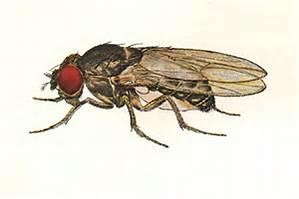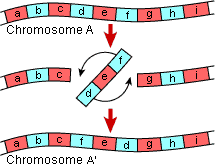|
What makes a species a species? What are the characteristics that make it unique enough to be distinguished from similar creatures? What are the genetic underpinnings that allow species to evolve to create a distinct entity? These are the type of questions Dr. Carlos Machado is trying to answer. Answering them are key to understanding our planet's biodiversity. A traditional definition of speciation centers around the concept of reproductive isolation. While members of two different species may mate, if they either produce no offspring or sterile offspring, these two individuals represent different species. This is known as the biological species concept. However, what factors lead to reproductive isolation? One way is through physical separation of populations (e.g., a mountain range) or allopatric speciation. On the other hand, what about sympatric speciation, or speciation in overlapping geographical distributions?
Dr. Machado’s work brings us a step closer to understanding the roots of speciation. Following from this work, his future research ideas center on correcting inversions using the latest genetic techniques, such as CRISPR (Clustered regularly interspaced short palindromic repeats), to study in further detail these regions that are responsible for species’ differences. Jonathan Wang is a PhD student in Raymond St. Leger’s lab studying host-pathogen interactions. Jen Jones is a PhD student in Bill Lamp’s lab, studying how socioeconomic factors influence the distribution of mosquito populations. Comments are closed.
|
Categories
All
Archives
June 2024
|
Department of Entomology
University of Maryland
4112 Plant Sciences Building
College Park, MD 20742-4454
USA
Telephone: 301.405.3911
Fax: 301.314.9290
University of Maryland
4112 Plant Sciences Building
College Park, MD 20742-4454
USA
Telephone: 301.405.3911
Fax: 301.314.9290



 RSS Feed
RSS Feed




